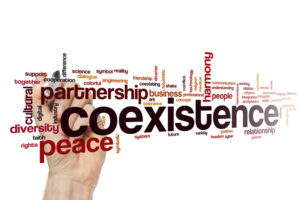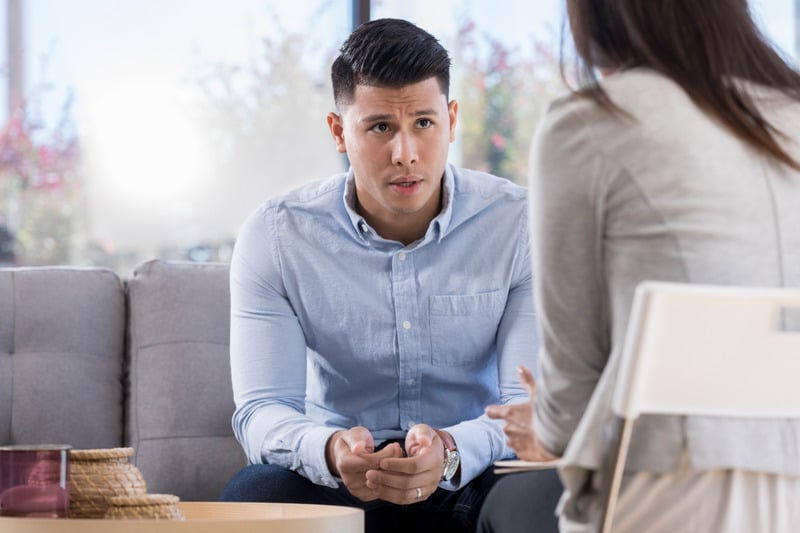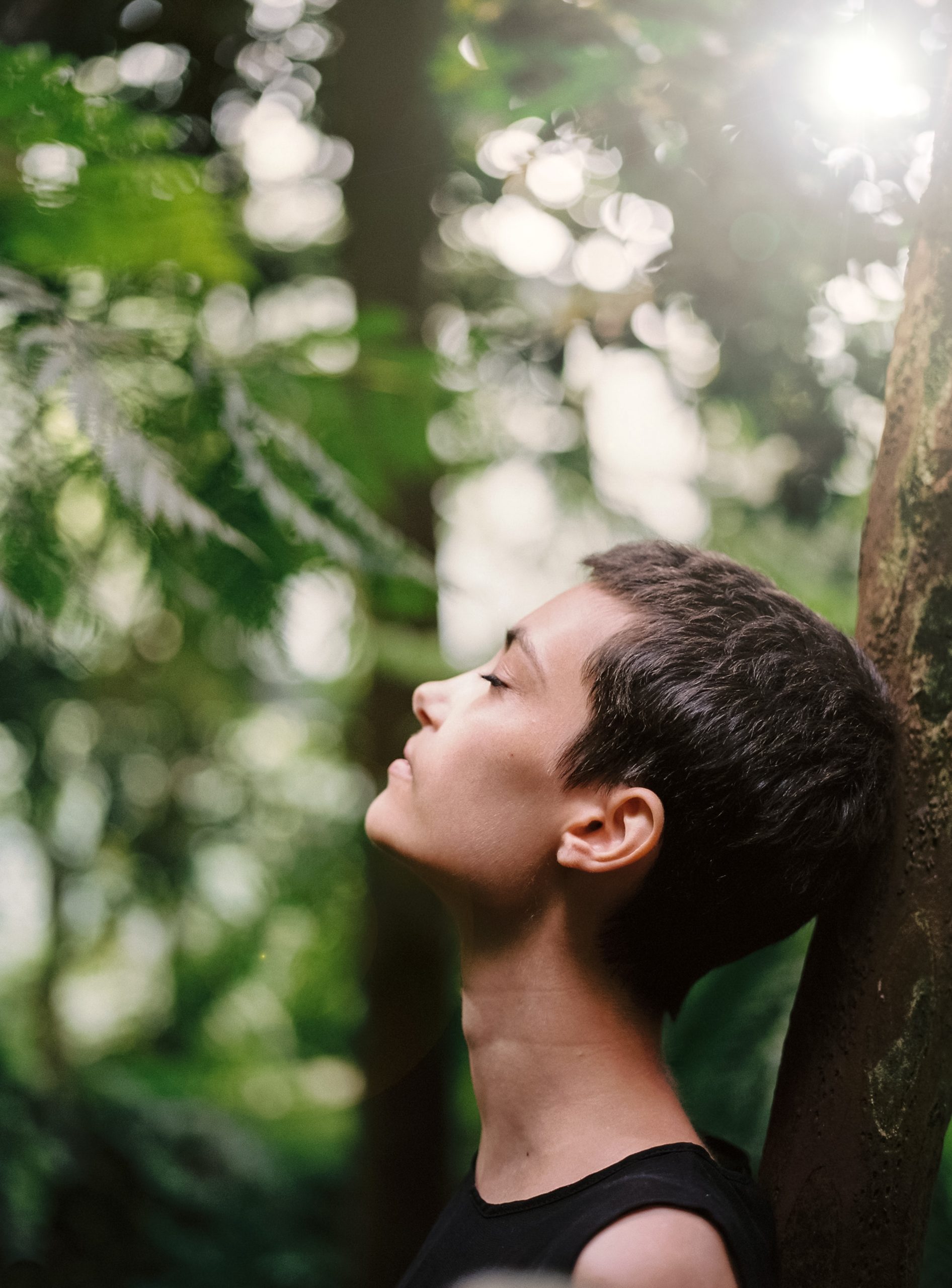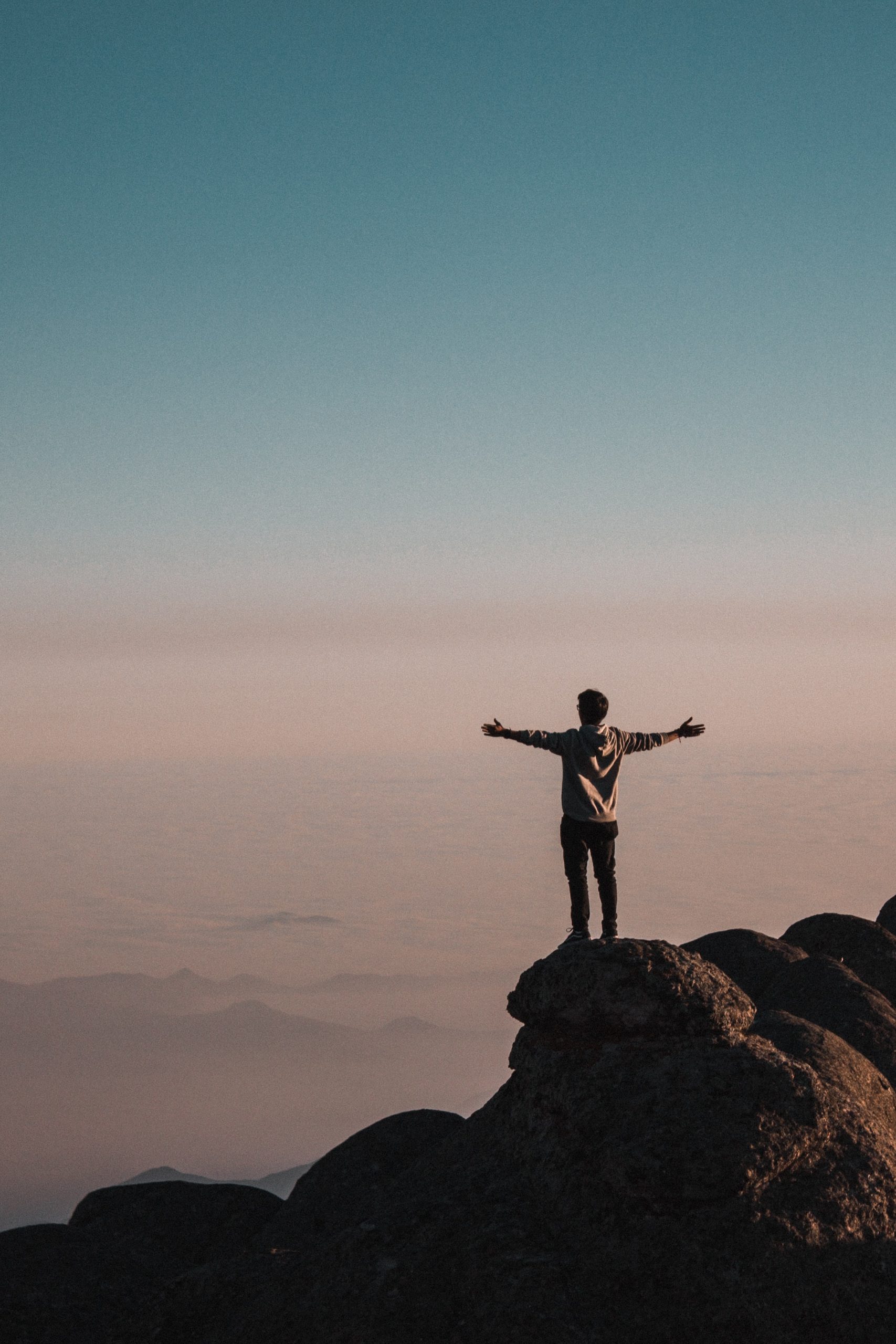

Diversity Coexistence: Deploying Respect and Peace
I was having a conversation with a friend of mine about the struggle with diversity here in the United States. She asked me what I think the answer is, and I was temporarily stunned by the enormity of that question. Those who know me know that it takes a lot to render me speechless, but that I was as I pondered that question for a while. Truth be told, I’ve been spending so much time trying to bring awareness to the problem that I haven’t really thought through what a solution could be. I’ve been thinking a lot about it since that conversation, especially with October being Global Diversity Awareness Month, and what follows are my preliminary thoughts about solutions.
Nothing will change until people develop the desire to change. Until people realize that diversity isn’t the enemy and understand that misinformation is, they will remain defensive of their perspectives. When people are defensive of their own opinions, they are unwilling to be open-minded and curious about differing opinions. When people fail to engage their curiosity, they become judgmental of those with differing views. When people are judgmental of others, they think of them as the enemy. When people believe those with differing opinions are their enemies, there is no desire to come together. Without the desire to heal and repair the chasm between different groups, nothing changes. Can you see how what we are currently experiencing has a circular causality? Much like the ouroboros eating its own tail?
Before becoming a world traveler, I thought racism was unique to the U.S., but then I traveled to Australia, New Zealand and Fiji where there was a clear division between indigenous people and those whose ancestors conquered the land generations ago. Many Asian countries base privileges on the lightness of people’s skin. Other countries struggle with diversity of religion. Other countries segregate and discriminate based on sexual preference. Some countries form impenetrable boundaries around political beliefs and parties. It is a rare country, indeed, that doesn’t have challenges about the many differences of its people. That is what diversity is in its simplest form: difference.
Throughout history into present day, groups of people have stereotyped, discriminated against, oppressed and even annihilated because of intolerance and ignorance. It typically begins with a stereotype that is based on some iota of truth, but is never true of everyone in that group; It’s never true to say a trait, quality, characteristic or behavior is always true for a group of people because there are always exceptions. If we can put stereotypes to bed, then it will be more difficult to hate an entire group of people based on a characteristic they have no control over or is part of their culture, such as skin color, sexual orientation, political or religious beliefs.
In order to address the problems with diversity, we first need to clearly identify the problem and then its solution. If we weren’t discriminating on the basis of unchangeable or cultural characteristics, then what would be happening instead? My goal for diversity is this: People living in close proximity with others who have differing opinions and behaviors and who will engage respect, understanding and acceptance rather than judgment, fear and hatred.
Life is already hard without adding elements of diversity-phobia into the mix. Humans need to evolve to the point where living among people with different beliefs or behaviors does not threaten their security nor cause frustration. People can coexist with those who are different.
It must begin with a desire to coexist rather than to cleanse your life of those who are different than you. Once you decide that is something you want to do, then you recognize it isn’t the people who are the problem. The problem is what you have been told about people who are different or limited experiences you may have had. When you genuinely want to live in peace, you will seek out accurate information about people. You can do your own research, talk to others who may know more about the group in question, or talk directly to members of the group. Ferret out accurate information rather than assuming what you believe or have been told is accurate.
When you feel yourself getting defensive of your way of life, know that defensiveness is born out of fear. We only become defensive when we think we are about to lose something we think we must protect. Someone near you living a different lifestyle doesn’t take anything away from you. They just do things differently. In order to learn and move closer, instead of driving a wedge between you, become curious about the differences instead of judging them. If people are doing things you don’t understand or have assigned a nefarious motive to, ask questions to better understand. We don’t have to agree; we just need to learn to respect that there are endless ways to think and act. We can learn to negotiate differences when needed; otherwise, we can agree to disagree without frustration.
In order to value diversity, we must develop the habit of civility so we can have courageous conversations around difference. We need to be strong enough in our own views that we can make room for views that are different from our own. And when someone’s behavior causes problems for you, you need to engage high-level negotiation skills so an equitable solution can be reached.
And if you are a person who believes there is no problem with diversity and you treat everyone the same, I would challenge that you may be invoking your majority privilege by looking the other way. Sometimes, those with majority privilege don’t look, don’t educate themselves, because it’s so much more peaceful to stay in their bubble where everything feels comfortable, familiar and exactly how they want it to be. How do I know this? Because it used to be me. I challenge everyone of the majority culture to look at the plight of people who don’t have your advantages. Look at their complaints and pain points from their point of view, not your own. When you can recognize other groups may face challenges you don’t, you are in a much better position to add to the solution. You cannot solve a problem you won’t see.
Let’s learn together so we can be part of the solution for peaceful, respectful diversity coexistence around the globe.
Recent Post



I am in Control

Truth Seekers

The Head, Heart and Hands of Mental Freedom



